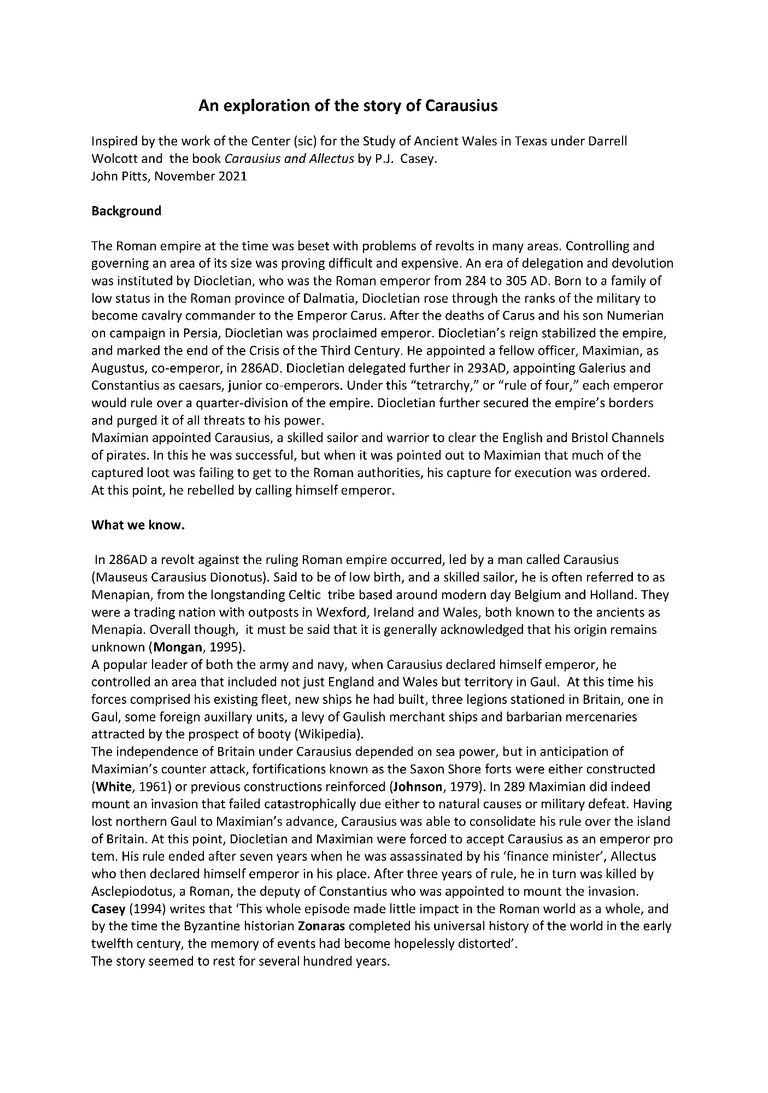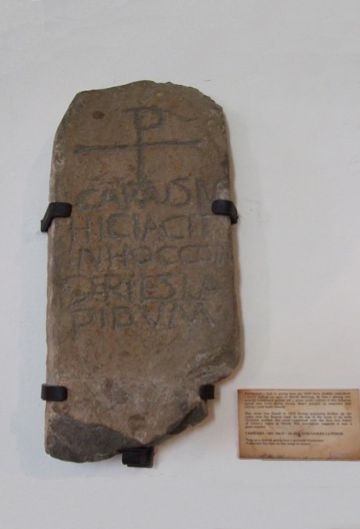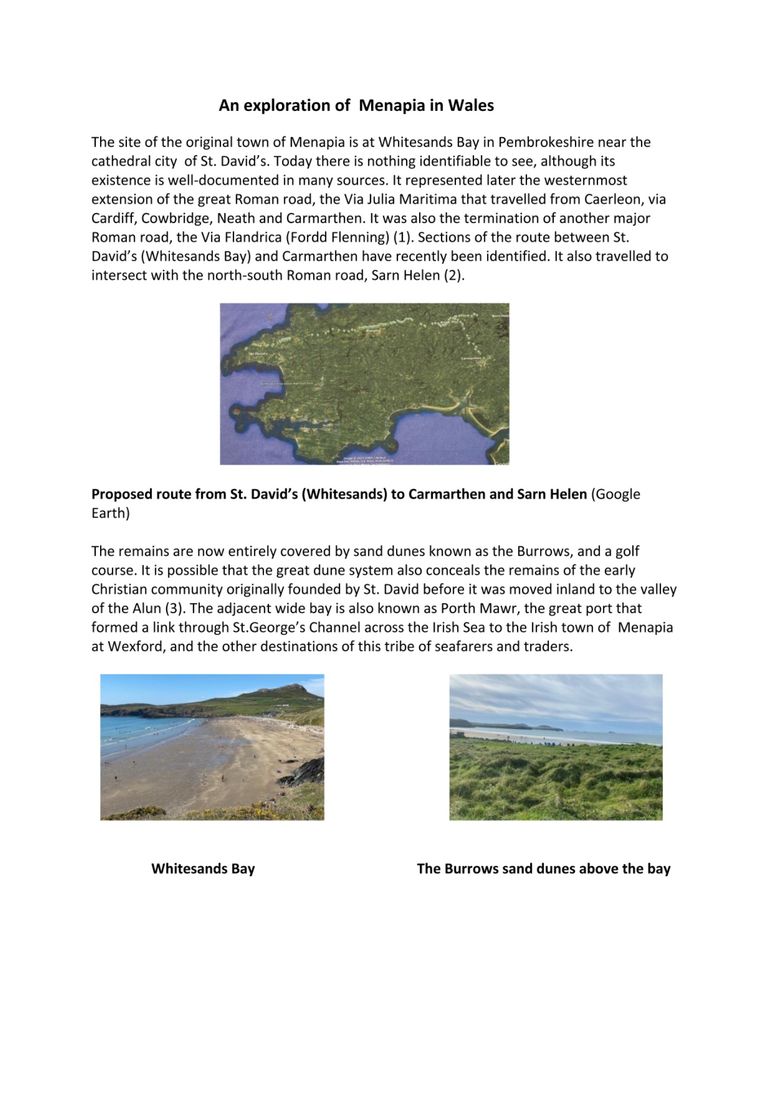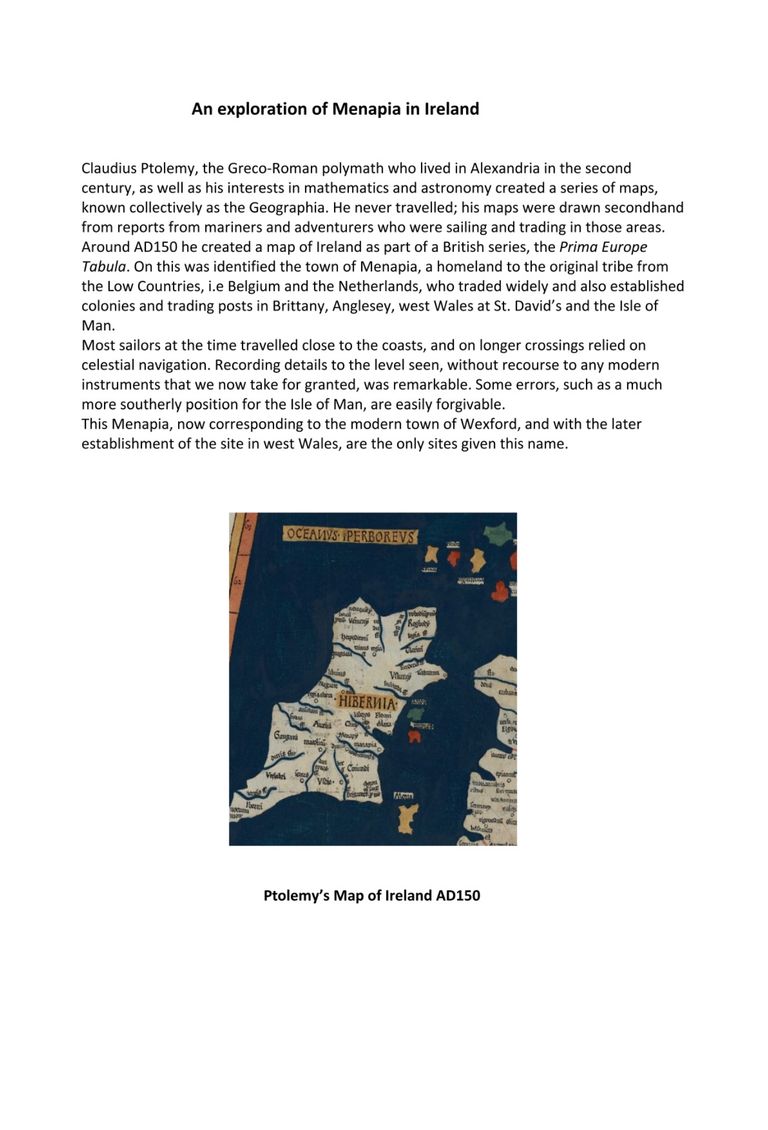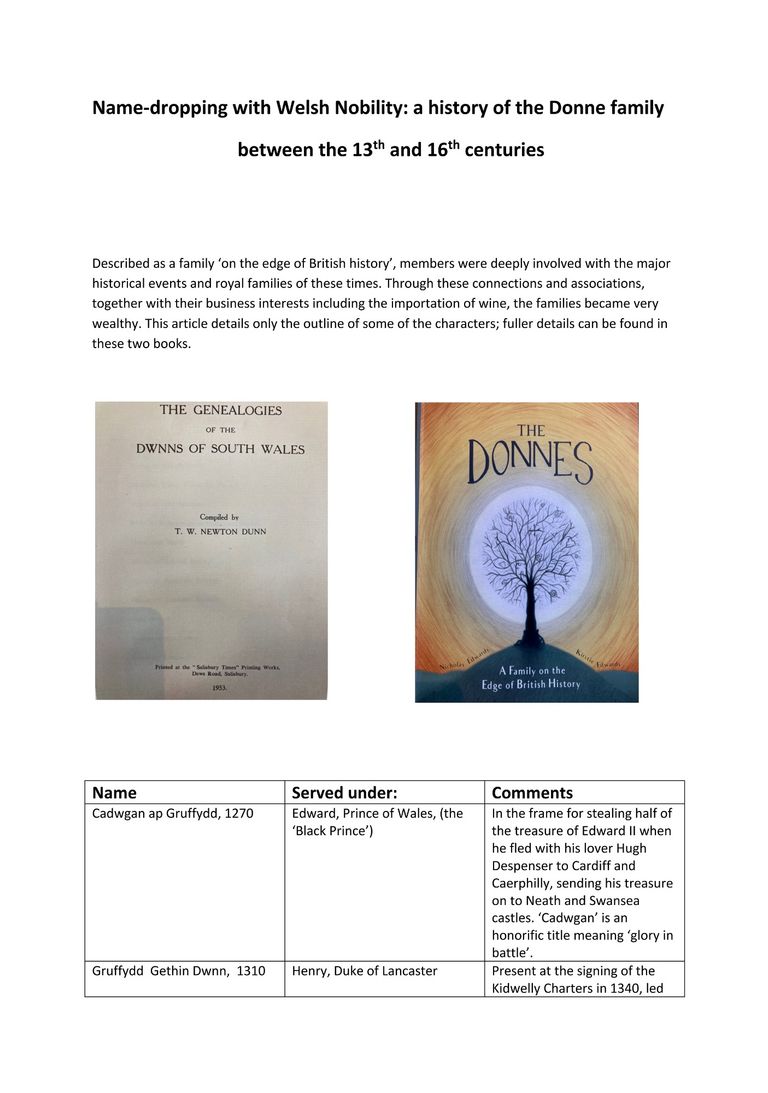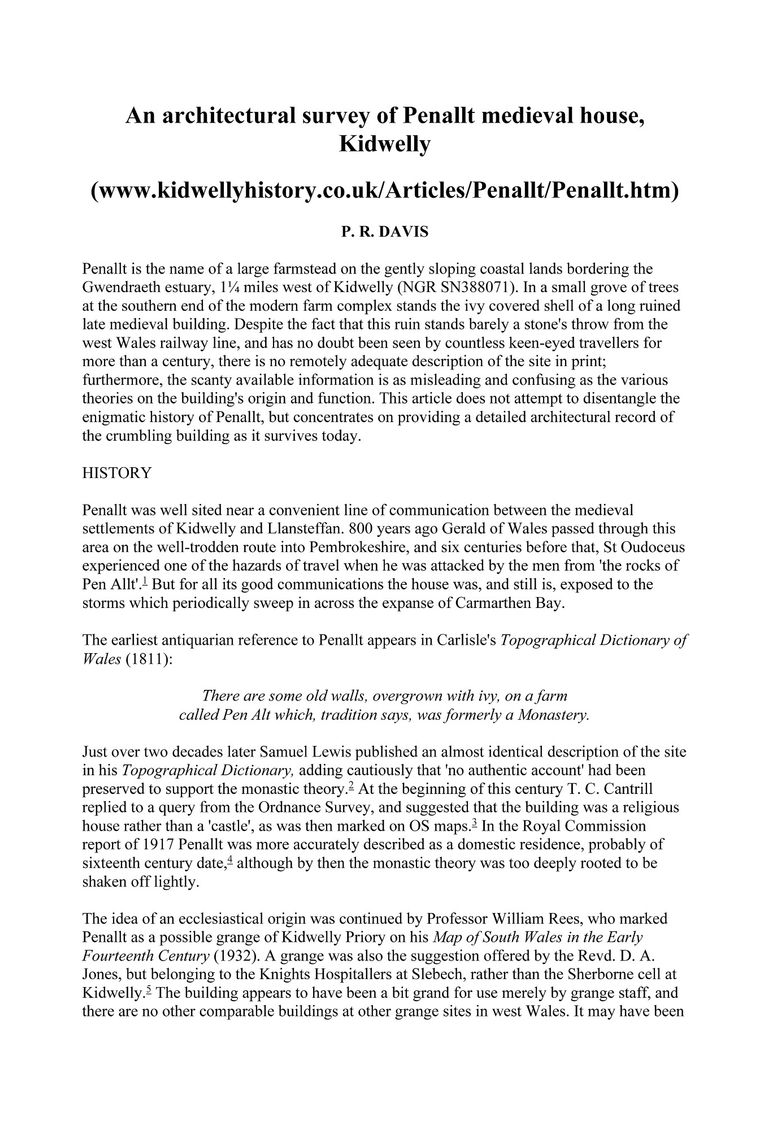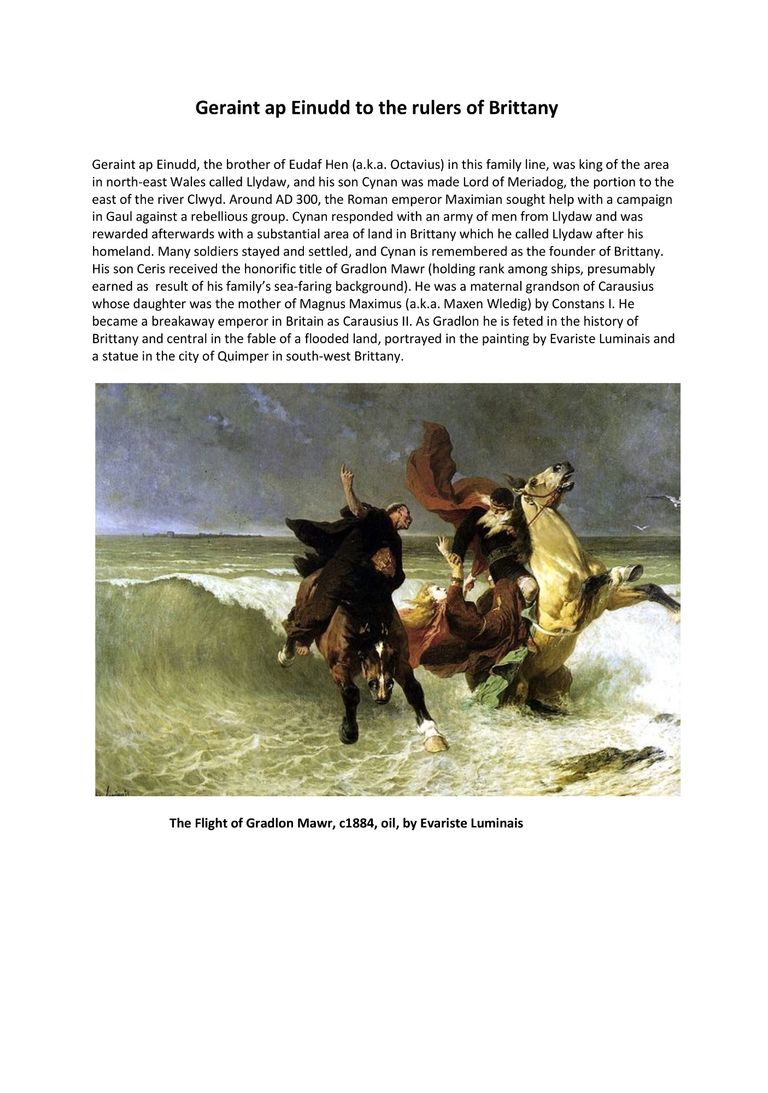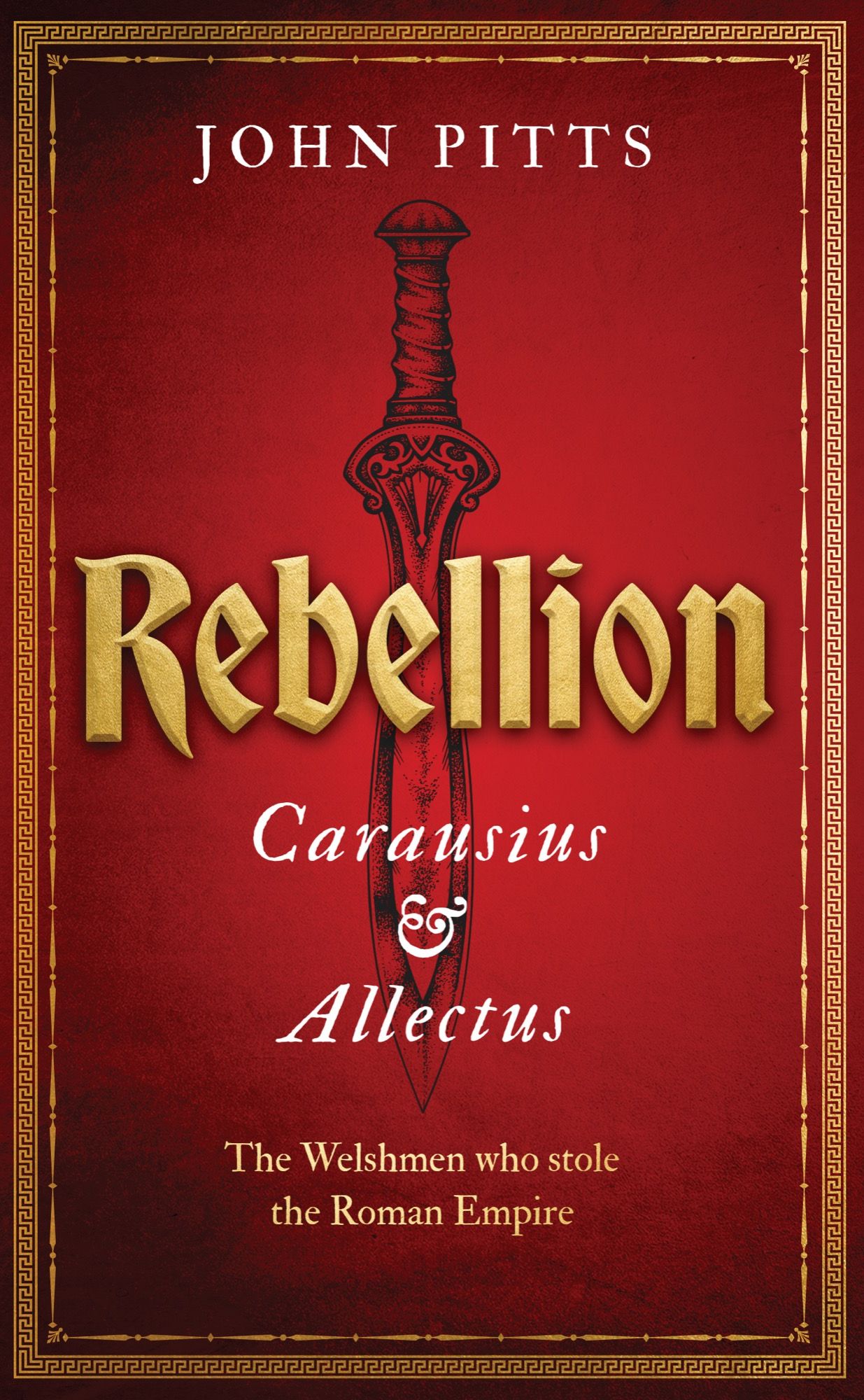
Rebellion
The Welshmen who stole the Roman Empire
Interpretive historical fiction is both difficult and fun. Whereas there are a few known facts and some ideas that have become
the ‘received wisdom’ and hence unchallenged, I have drawn on many published supportive and contrary opinions
and conclusions to explore this tumultuous episode in the distant history of the island of Britain.
This book tells the story of how two Romanised young Welshmen, taken to ensure the loyalty to Rome of their fathers,
fell into circumstances that led to a full scale rebellion that took Britain out of the Roman
empire for ten years at the end of the Third Century.
Their names became Carausius and Allectus, and both declared themselves as emperors in turn. Very different personalities
with very different skills; these led to increasing tensions between them, and a dramatic outcome was inevitable.
Rebellion is available to order from Amazon as a printed paperback or E-book.
Please click on the Order Now button to get your copy
www.carausius.org

John Pitts
John is a retired family doctor and medical educationalist who practised near Southampton. Brought up in Cardiff, he has moved back and recently married his childhood sweetheart.
His keen interest in the history of Wales led him to explore and trace his wife's own family history. The information he discovered is presented in his booklet 'A history of Romano-Irish Wales - tracing the family of Yvonne Howell Williams' along with her illustrated family tree that follows her family back to 60BC.
Venturing through almost 14 centuries, John was led back further and further in time where he discovered a little-known episode in British history. This is what became the inspiration for his most recent book, Rebellion.
The Romano-Welsh
family tree of Wales
Following a family tree of a Romano-Welsh family
from 60BC up until present times
If you would like to have a copy of this family tree,
please click on the link to download a PDF version
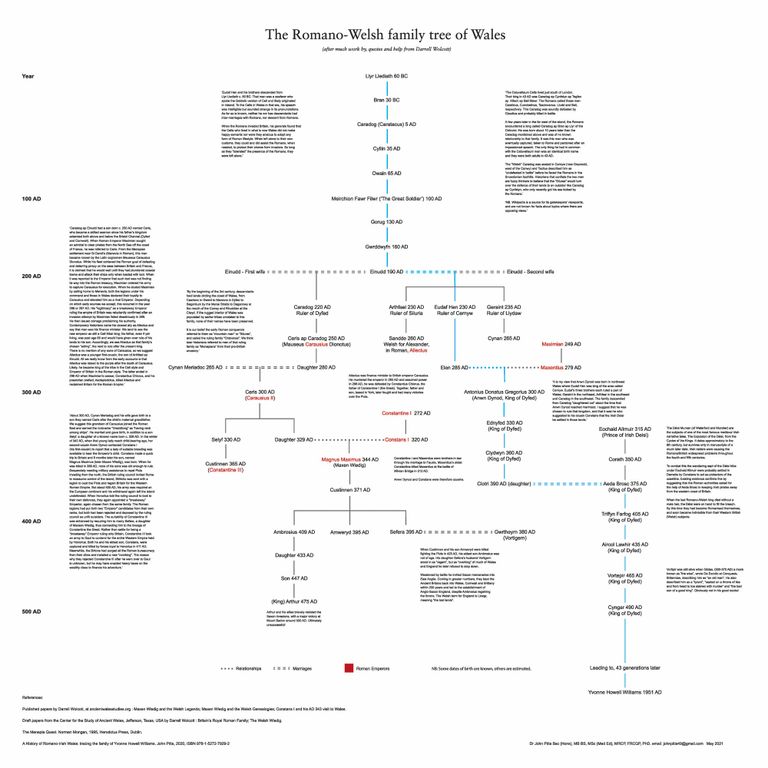
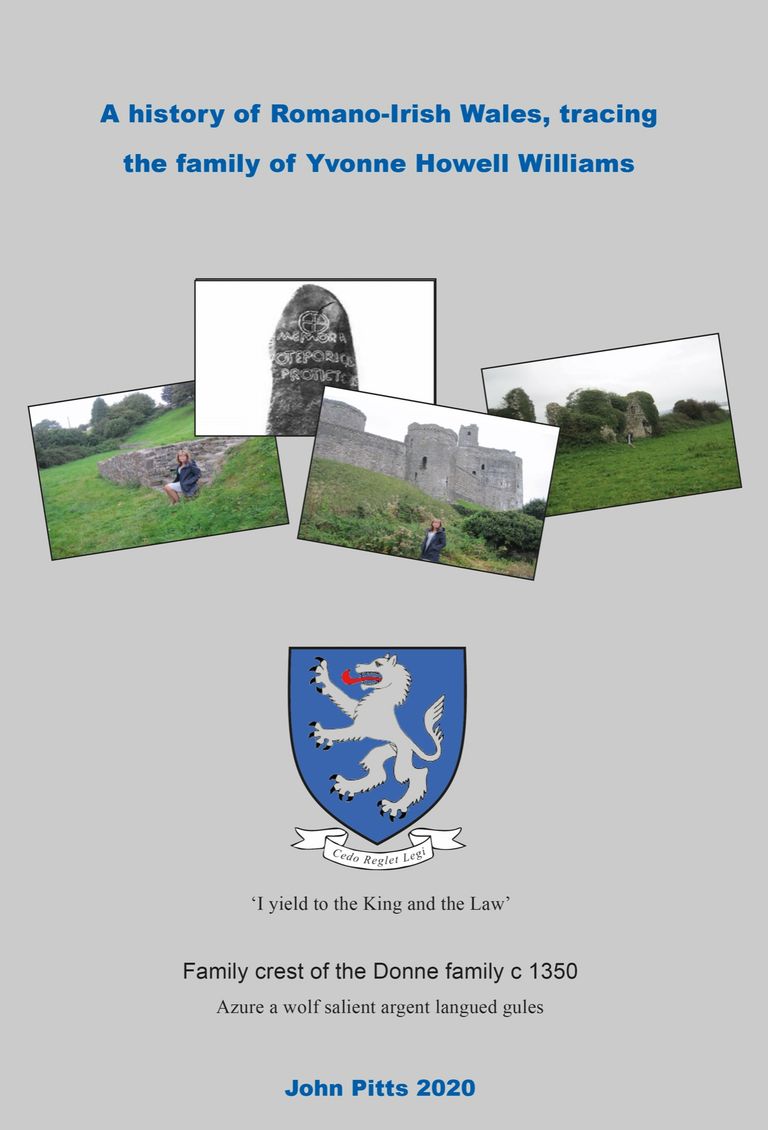
A history of Romano-Irish Wales, tracing the family of Yvonne Howell Williams
Discovering a family document from 1948 that took the family history back to the fourteenth century allowed confirmation using modern genealogy but it was a surprise to find a trail leading back through fourteen rulers of Dyfed in west Wales and the interrelationships with both incoming Irish tribes and the occupying Romans.
Once again, important and essential help for both confirmation and further details from Darrell Wolcott of the Center for the Study of Ancient Wales in Jefferson, Texas.
If you would like to have a copy of this booklet,
please click on the link to download a PDF version
An exploration of the
story of Carausius
A look at known facts and how the story has been
used and interpreted by historians and writers
through the last 1800 years
If you would like to have a copy of this exploration ,
please click on the link to download a PDF version
The Carausius Grave Marker
In the whole of Britain and absent on the European mainland, there are only two references to Carausius in inscribed stones. One is a milestone found near Carlisle, the other is a grave marker found in North Wales which bears a Christian symbol. On this basis it is thought not to be relevant. However, this can be challenged...
If you would like to have a copy of this paper,
please click on the link to download a PDF version
An exploration of
Menapia in Wales
The remains of the ancient Welsh town of Menapia lie silently under sand dunes. Attacked and eroded, the original religious foundation within it was moved inland in the sixth century by St. David’s to the site of the city that now bears his name. Guardian of the sea crossing to the Irish Menapia, and terminus of several major Roman roads, it is considered by some to be the birthplace of Carausius, and this
is explored in the paper.
If you would like to have a copy of this paper,
please click on the link to download a PDF version
An exploration of
Menapia in Ireland
The Menapian trading colony at Wexford in eastern Ireland was established around 200BC. Charted in AD150 by Claudius Ptolemy, it was the only place given the name of Menapia at the time. Identifying the original site reveals the commanding position over the harbour. Descendents of the original settlers influenced Irish history with place and family names evident today.
If you would like to have a copy of this paper,
please click on the link to download a PDF version
What is true
When I last gave my talk, I was asked the question “How do you know what is true?’ Fortunately this is a subject that I have given a lot of consideration to, so my answer was along these lines:
We do not have evidence, we have facts, opinions and constructions. How do we examine and assess these? We cannot use quantitative approaches such as reliability and validity and we cannot use qualitative approaches such as authenticity, trustworthiness, transferability and reproducibility. Ideally we could triangulate different parts if we could be sure that they were not derived from a single source but this is seldom possible.
This is a particular problem when we have nearly two millennia of time between us. Making sense and drawing conclusions from scraps of ancient manuscripts such as those found in the Harleian and Jesus College collections, with conflicting dates and alternative names in different languages represents a challenge addressed by only a few researchers, particularly when attempting to create chronologically-stable pedigrees on which to build. Writers such as Gildas and Nennius in the sixth and eighth centuries are writing after events and perhaps calling on records that no longer exist and applying a personal, partisan or political agenda.
In the case of the origins of Carausius, we have two Roman historians, Aurelius Victor and Eumenius writing second hand accounts one hundred years later, the ambiguous statements of both being capable of more than one interpretation, together with the map created again by second hand reports, by Claudius Ptolemy in AD150 placing the only recorded site called Menapia in eastern Ireland at Wexford. Everything written thereafter follows these writings, and seldom question the conclusion usually drawn that Carausius came from the tribal homelands on the European mainland. Later writers such as Eutropius and Orosius do not venture to offer an opinion as to his origin. At the time that Carausius lived, in the third century, the Menapian tribe as an identity was disappearing from history seven hundred years after its first recorded appearance and four hundred years after the founding of settlements such as Wexford. I have used in my talk the example that doctors for hundreds of years used to bleed patients who were sick or dying until someone said “Hang on a minute…..” thereby pointing out the issue of repeating the same approach without critical re-examination.
We can only fall back on the legal standards of ‘balance of probability’ and ‘beyond reasonable doubt’. For example, it is frequently claimed that Magnus Maximus (AD344-388) is the father of Antonius Donatus Gregorius, aka Anwyn Dynod, first ruler of what became known as Dyfed. However, using timelines that follow known Roman dates of the rival candidate for parent Maxentius, born AD279 and the first contemporaneous writing of the monk Gildas In Wales describing the Dyfed ruler Vortepir, born around AD 465 as an elderly tyrant, and the intervening six generations of rulers recorded in the sequence of various historical manuscripts, it is possible to say that Magnus Maximus as a candidate is beyond reasonable doubt not the father, particularly as Anwyn Dynod was believed to have been born around AD300! Of the two, we can say that the balance of probability therefore rules in favour of Maxentius.
Looking at the claims of accounts of Carausius originating from the Menapian settlement in west Wales, we have the disappearance of the Menapian tribal homeland, the known colonisation of eastern Ireland, west Wales, Anglesey and the Isle of Man, the early Menapian line for the control of the Welsh coastal areas, (described, again second hand, by Julius Caesar in his Gallic Wars memoirs as ‘The maritime areas are controlled by those who had passed over from the lands of the Belgae….almost all are called by the names of those states from which they sprung….having waged war they continued there and began to cultivate the land. Book V, xii) and finally the gravemarker that is rejected on grounds which are demonstrably wrong or ignored on many historical textbooks as not fitting the prevailing narrative but actually fitting very well with the Welsh theory, as described in my ‘The Carausius stone in perspective’ paper on my website. I would therefore say that this claim also fits the ‘balance of probability’ category.
Name-dropping with Welsh Nobility: a history of the Donne family between the 13th and 16th centuries
In the Middle Ages, between the thirteenth and sixteenth centuries, the Donne (also Don, Dwnn and Dunne) family from around Kidwelly in South Wales was a prominent force in Welsh nobility. Present at many significant events in British history, they represent a major period of time in the story of this family.
If you would like to have a copy of this paper,
please click on the link to download a PDF version
An architectural survey of Penallt medieval house, Kidwelly
After his military career and the great rise in fortune of this family, Sir Gruffydd Don (b. 1385) ended his days as Lord of Penallt. His ruined manor house, in a farmer’s field two miles west of Kidwelly, appears on Ordnance Survey maps as a ruined priory. Gruffydd and his wife Janet petitioned Pope Eugenius IV for permission to install an altar in their house. Dr Davis here has described a reconstruction of this magnificent fifteenth century house which has spectacular views over the Gwendraeth estuary.
If you would like to have a copy of this paper,
please click on the link to download a PDF version
Geraint ap Einudd to the
rulers of Brittany
The family line from Geraint, one of the four sons of Einudd, leads to settlement in Brittany, known as Armorica in history with the area of Cornouaille occupying the west coast. Interactions with the family homelands in Wales continue through many generations, ranging from the giving of refuge to military support. The adoption of Christianity led to the creation of many Welsh saints from within this extended family.
If you would like to have a copy of this paper,
please click on the link to download a PDF version
